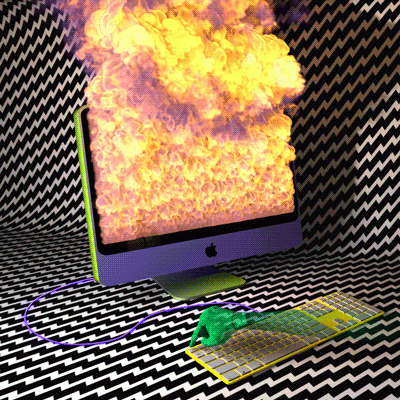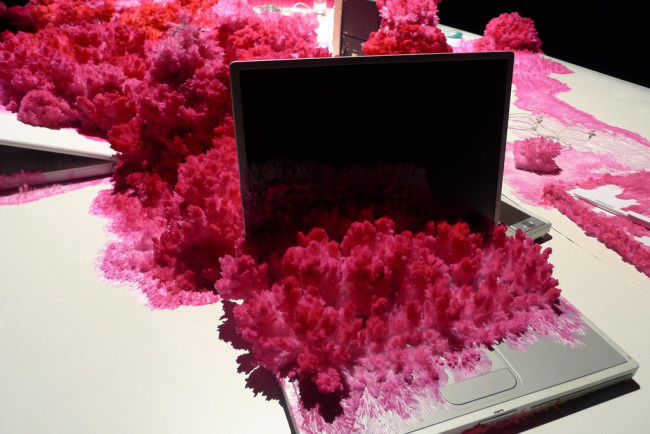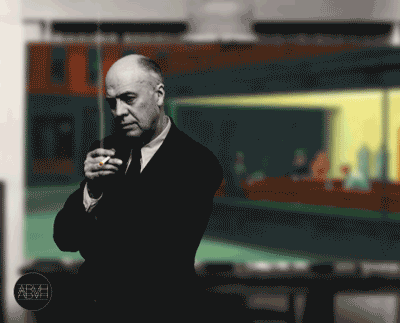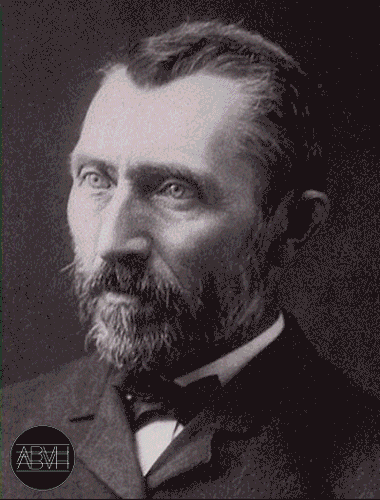Thomas Mailaender is showcasing a new series of his cyanotypes at Ditto Gallery in London.
The cyanotype process (characterised by its cyan-blue hue) was developed as a means for blueprinting. Mailender utilises this technique to print images taken from his Fun Archive, a personal collection of absurd and anonymous pictures intuitively pulled from the Internet. Using this archaic and outmoded process to reproduce images from the modern digital age creates a dialogue about the validity and authenticity of images, and their place as artworks.
The Darknet – From Memes to Onionland
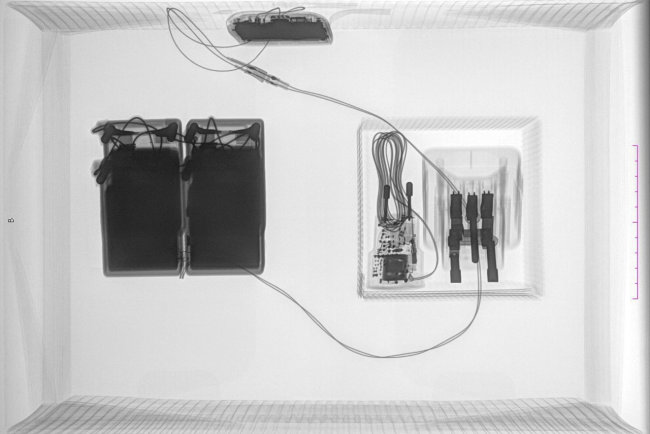
The exhibition «The Darknet – From Memes to Onionland. An Exploration» will open Kunst Halle Sankt Gallen for interdisciplinary expeditions and encompass themes such as copyright, privacy, illegality and resistance.
The Great Wall of Memes will be there, too.
The Artful Accidents of Google Books

“The book is far from dead: it’s returning in forms that few could ever have imagined”.
The Artful Accidents of Google Books, an article by Kenneth Goldsmith.
Kopimi Totem. A Wi-fi Sculpture

The Kopimi Totem, by Evan Roth, is a sculpture composed of seven open wireless routers arranged in the iconic Kopimi pyramid. The shape of the sculpture is also mirrored in ASCII form when a visitor opens the wireless settings on her laptop or mobile device.
Exhibition Kickstarter
Krystal South organized an exhibition on Kickstarter:
“I’ve created this Kickstarter campaign to experiment with new form of art exhibition and approach to selling work. I’ve asked 11 artists to create new works that fit into the Kickstarter format. In response, they have each designed a custom artwork through online retailers in editions of 10, and assigned a value for these mediated works. ”
Set it on fire
Art without Education
As artists, curators, and writers, we are increasingly forced to market ourselves by developing a consistent product, a concise presentation, a statement that can be communicated in thirty seconds or less—and oftentimes this alone passes for professionalism. For emerging artists and curators there is an ever-increasing number of well-intentioned programs that essentially indoctrinate them into becoming content providers for an art system whose values and welfare are wholly defined by its own logic of supply and demand.
Anton Vidokle, Art without Market, Art without Education: Political Economy of Art, 2013
Oh Dracula
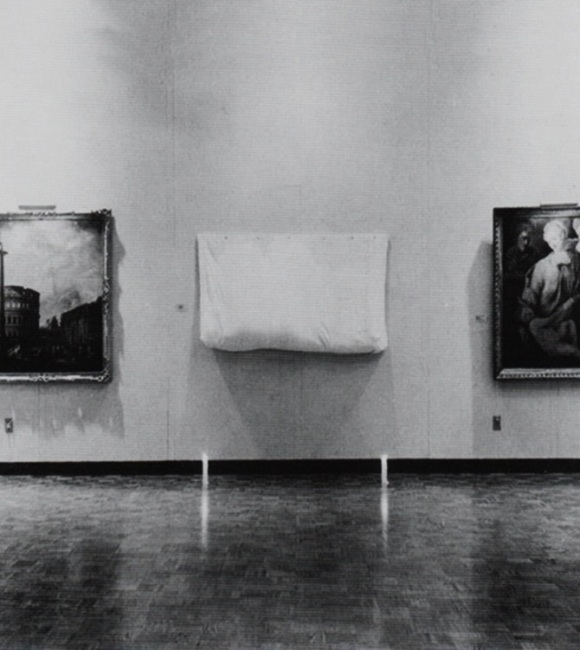
In 1974, at the Utah Museum of Art in Salt Lake City, Chris Burden climbed into a “chrysalis”-like sac and had himself installed in between some of the museum’s exceedingly random 18th century paintings, with candles placed at his head and feet. And there he hid all day.
[via]
Cybernetic Serendipity, 1968
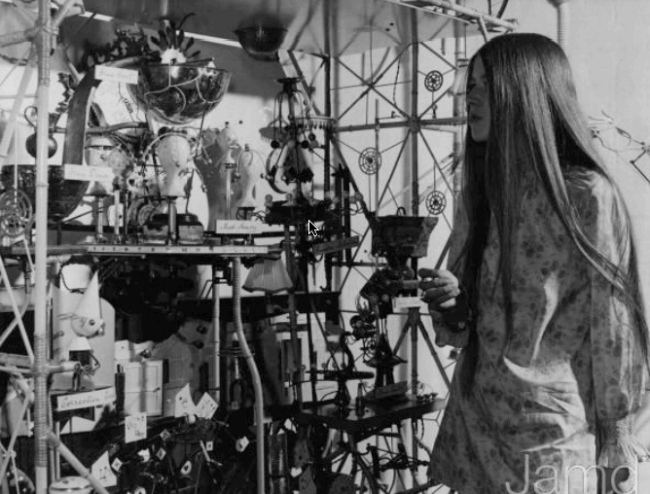
“Cybernetic Serendipity was an exhibition of cybernetic art curated by Jasia Reichardt, shown at the Institute of Contemporary Arts, London in 1968 and then touring the United States.”
[via]
Anonymous Gods


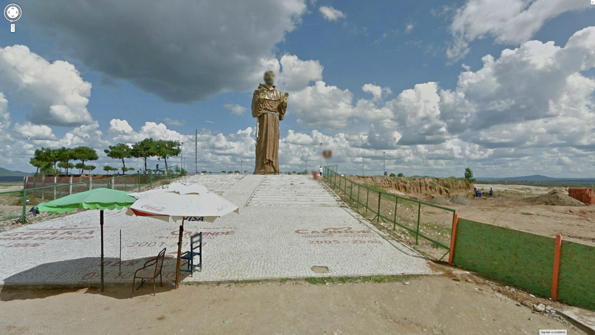
Artist Marion Balac has collected images of iconic statues captured by Google Street View, which automatically tries to blur out what it recognizes as a human face to ensure anonymity.
[via]
Nick Cave and The Museum of Important Shit
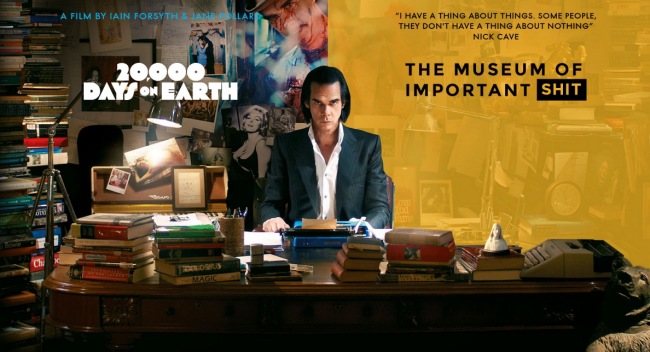
“Nick Cave, the musician best known for his work with The Bad Seeds, was inspired to help create this online museum during the filming of his quasi-autobiographical documentary 20,000 Days on Earth. Cave, along with directors Iain Forsyth and Jane Pollard, began thinking about the nature of memorabilia, inspired by his own experience at a Nina Simone performance of yesteryear and a wad of chewing gum.”
More here.
Ways of Something

“Ways of Something”, is a contemporary remake of John Berger’s BBC documentary, “Ways of Seeing” (1972). Commissioned by The One Minutes, at the Sandberg Instituut in Amsterdam and compiled by Lorna Mills, the project consists of one-minute videos by fifty eight web-based artists who commonly work with 3D rendering, gifs, film remix, webcam performances, and websites to describe the cacophonous conditions of artmaking after the internet.
Watch the online premiere of the first part here.
Remixing realities
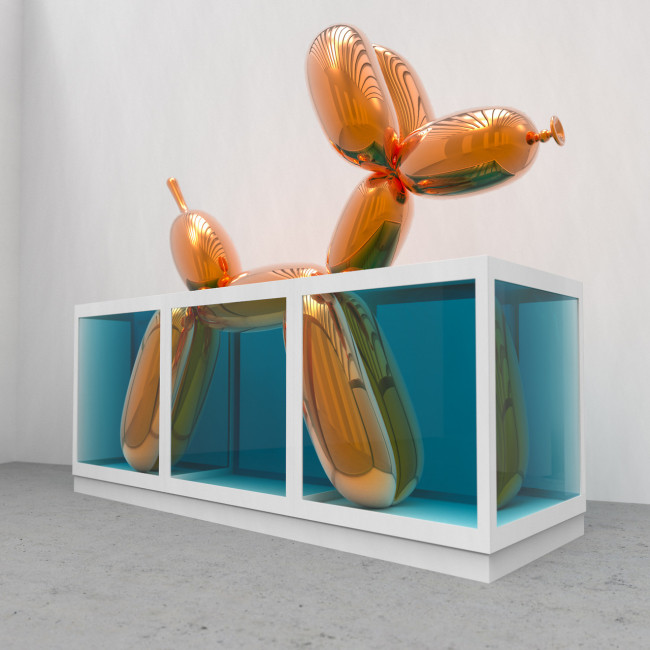
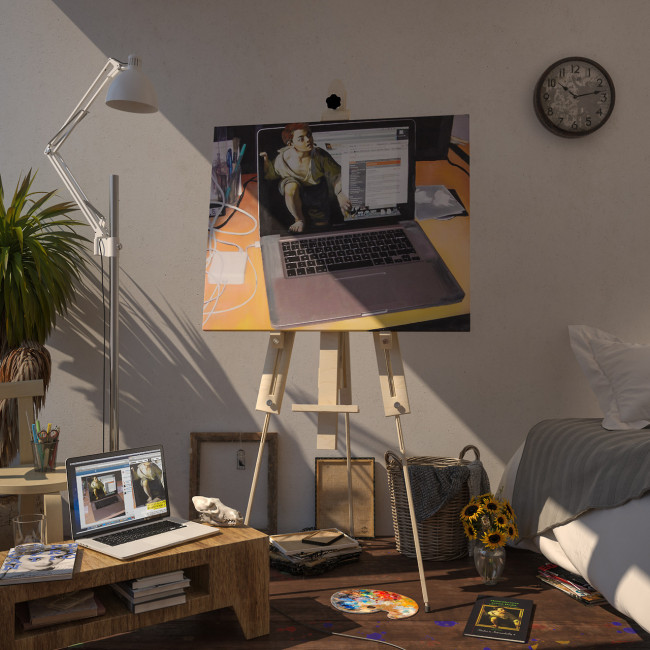
Images by Kim Laughton…
Burned Books

Michael Mandiberg, Burned Books…
Allergy to Originality
Allergy to Originality, a short movie about “plagiarism, literary debt, appropriation, incorporation, retelling, rewriting, recapitulation, revision, reprise, thematic creation, ironic retake, parody, imitation, stylistic debt, pastiches, collages, and deliberate assemblages.”
[via]
Gifs Go Wild
“In Return invades the world of GIFs to the city of London with their latest project “GIFs Go Wild”
3D Marcel Duchamp Chess Set
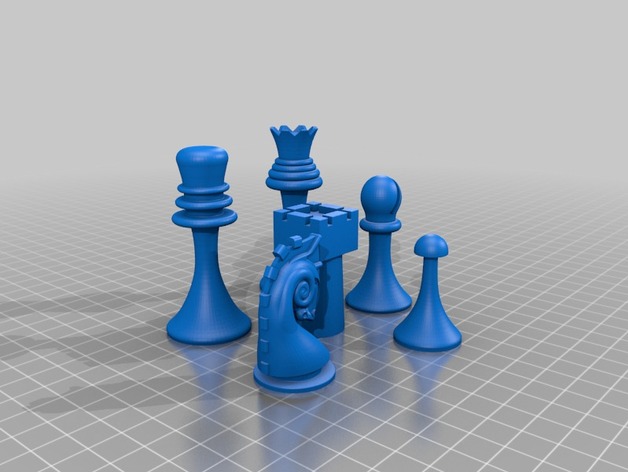
“Readymake: Duchamp Chess Set is a 3D-printed chess set generated from an archival photograph of Marcel Duchamp’s own custom and hand-carved game. His original physical set no longer exists. We have resurrected the lost artifact by digitally recreating it, and then making the 3D files available for anyone to print.”
Readymake: Duchamp Chess Set is a project by Scott Kildall and Bryan Cera
Random acts of beauty (and) nonsense

Zack Danger Brown has launched a Kickstarter crowdfunding campaign to fund the making of potato salad. He set a $10 goal and he already reached $34,108. Oh, Internet.
Blue Screen Of Death Fashion Collection
The Conference
Moody Vibes

Moody Vibes, by Claudia Mate, emoji sketch testing _playGnd animation tool create by Nick Briz + Branger_Briz…
Andy Warhol works discovered on floppy disks
 |
 |
“A multi-institutional team of new-media artists, computer experts, and museum professionals have discovered a dozen previously unknown experiments by Andy Warhol (BFA, 1949) on aging floppy disks from 1985. The purely digital images, “trapped” for nearly 30 years on Amiga® floppy disks stored in the archives collection of The Andy Warhol Museum (AWM), were discovered and extracted by members of the Carnegie Mellon University (CMU)Computer Club, with assistance from the AWM’s staff, CMU’s Frank-Ratchye STUDIO for Creative Inquiry (FRSCI), theHillman Photography Initiative at the Carnegie Museum of Art (CMOA), and New York based artist Cory Arcangel.”
[via]

